Hey there, fellow gamers and Fall Dawn enthusiasts! Before we dive into this crazy origin story, let me share something personal.
You know how Fall Dawn, our beloved game, features that intricate system of powers and abilities that can combine in unexpected ways?
Well, we owe a lot of that to a certain card game that revolutionized gaming back in the ’90s.
When we were designing Fall Dawn, we found ourselves constantly returning to Magic: The Gathering as a source of inspiration. Not just for its mechanics (though those are brilliant), but for how it created an entire ecosystem of strategic depth through seemingly simple components. You see, Magic showed us how to build complex interactions from basic building blocks – something we’ve tried to capture in Fall Dawn‘s own unique way.
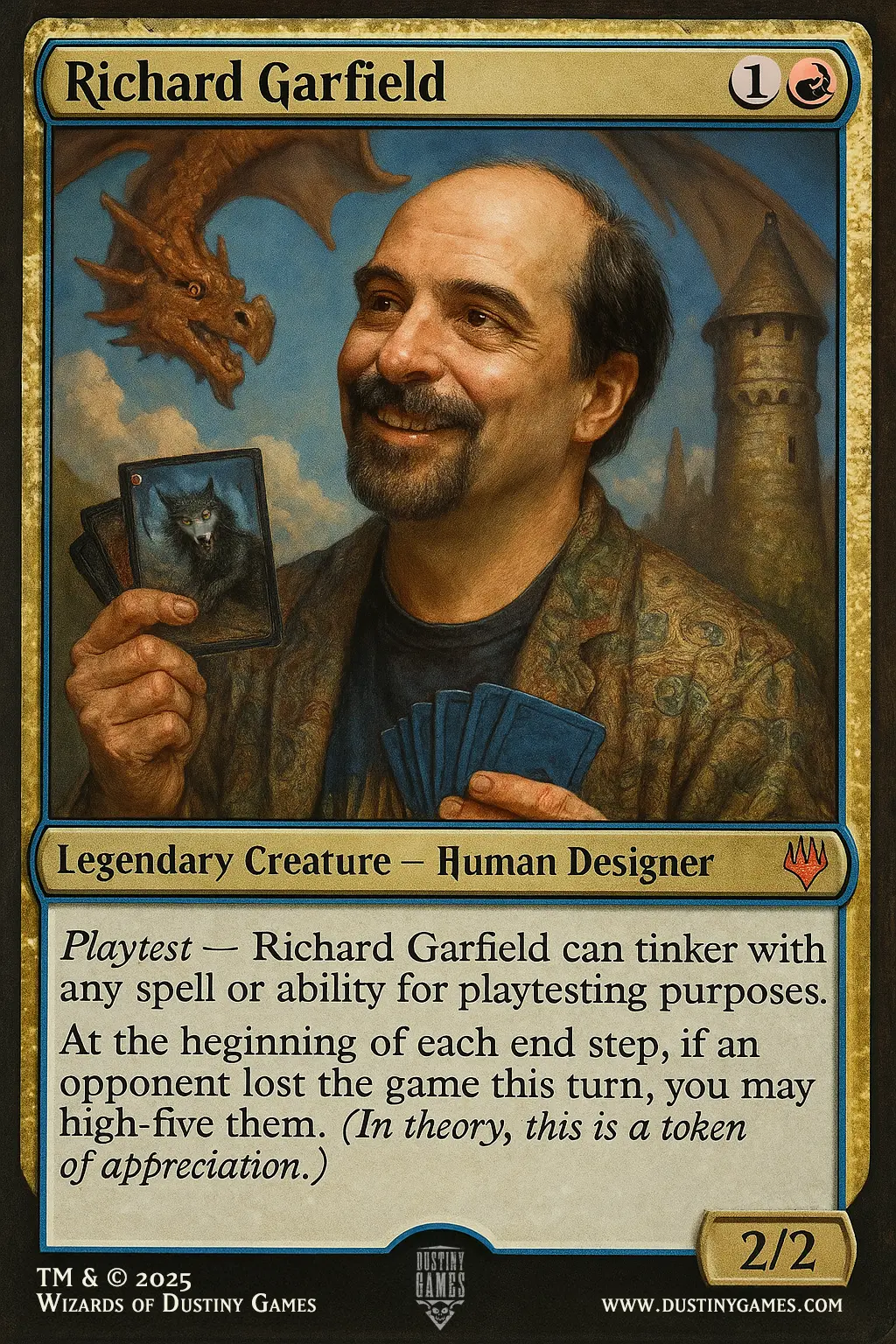
But how did this revolutionary game come to be? How did it establish the foundations that would influence countless games, including ours? Well, that’s quite a tale – one that involves broke companies, rejected robot games, and a fateful hiking trip. Let me tell you how it all went down…
Table of Content
- The improbable tale of how "Magic: The Gathering" accidentally conquered the world
- Chapter 1: "Sorry about your robots"
- Chapter 2: "The most important hike in gaming history"
- Chapter 3: "We're too broke to trademark 'Magic'"
- Chapter 4: "The prototype years: or, how to test a game with stick figures"
- Chapter 5: "The great Gen Con gamble"
- Chapter 6: "Success so big they had to hide from it"
- The Aftermath: "From broke to billions"
- The moral of the story
The improbable tale of how “Magic: The Gathering” accidentally conquered the world
You know how sometimes the best things in life happen by accident? Like discovering chocolate chip cookies (true story) or penicillin? Well, add Magic: The Gathering to that list, because this is the story of how a rejected robot game somehow spawned a multi-billion dollar empire.
Buckle up, fellow planeswalkers – this is going to be a wild ride.
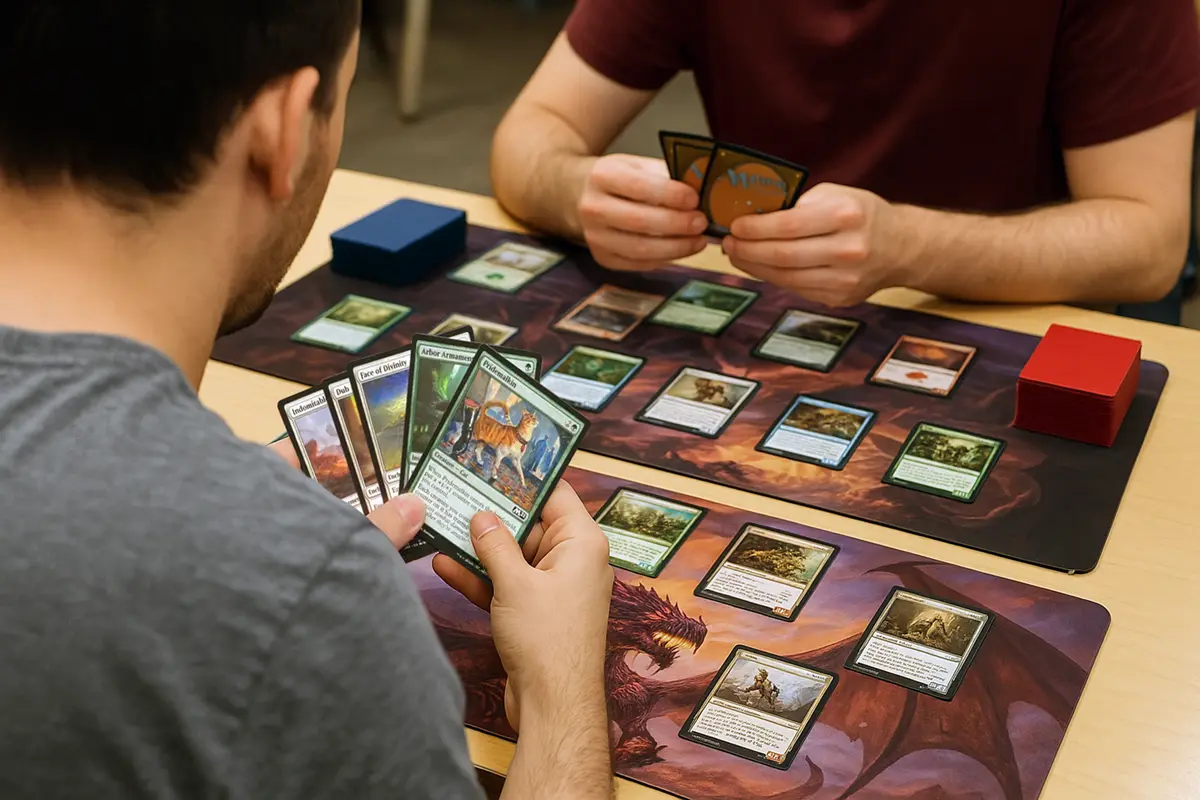
Chapter 1: “Sorry about your robots”
Picture it: 1991. Nirvana’s “Smells Like Teen Spirit” is hitting the airwaves, and a young mathematics Ph.D. candidate named Richard Garfield walks into a tiny gaming company with stars in his eyes and a board game about robots under his arm. The company? Wizards of the Coast, which at this point was so small it could probably fit its entire staff in a VW Beetle.
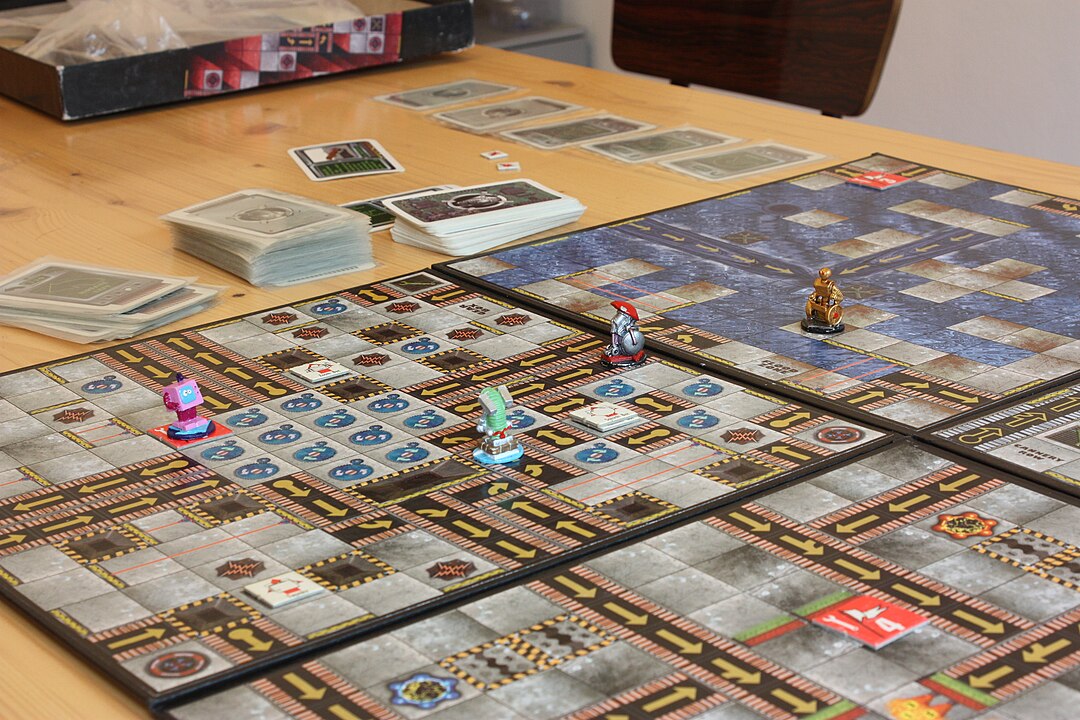
The game was called RoboRally, and Garfield was sure it would be his ticket to gaming glory.
But Peter Adkison, Wizards’ founder, had some bad news: “Cool game, but we can’t afford to produce it. How about making something smaller instead? You know, for gaming conventions?“
Talk about your classic “task failed successfully” moment.
Chapter 2: “The most important hike in gaming history”
Now, here’s where things get interesting. Instead of sulking about his rejected robot dreams, Garfield went hiking near Oregon’s Multnomah Falls. (Yes, this is actually a crucial part of gaming history. I’m not making this up.)
While wandering through nature, probably trying to avoid bears and wondering why he wasn’t working on his thesis instead, Garfield remembered an old concept he’d been tinkering with called “Five Magics.” Suddenly, the metaphorical light bulb went off so bright it probably scared away said bears.
The idea? A game where players would be powerful wizards (called Planeswalkers, because “Magical Dude Who Does Stuff” doesn’t sound as cool) who would summon creatures and cast spells using customizable decks of cards.
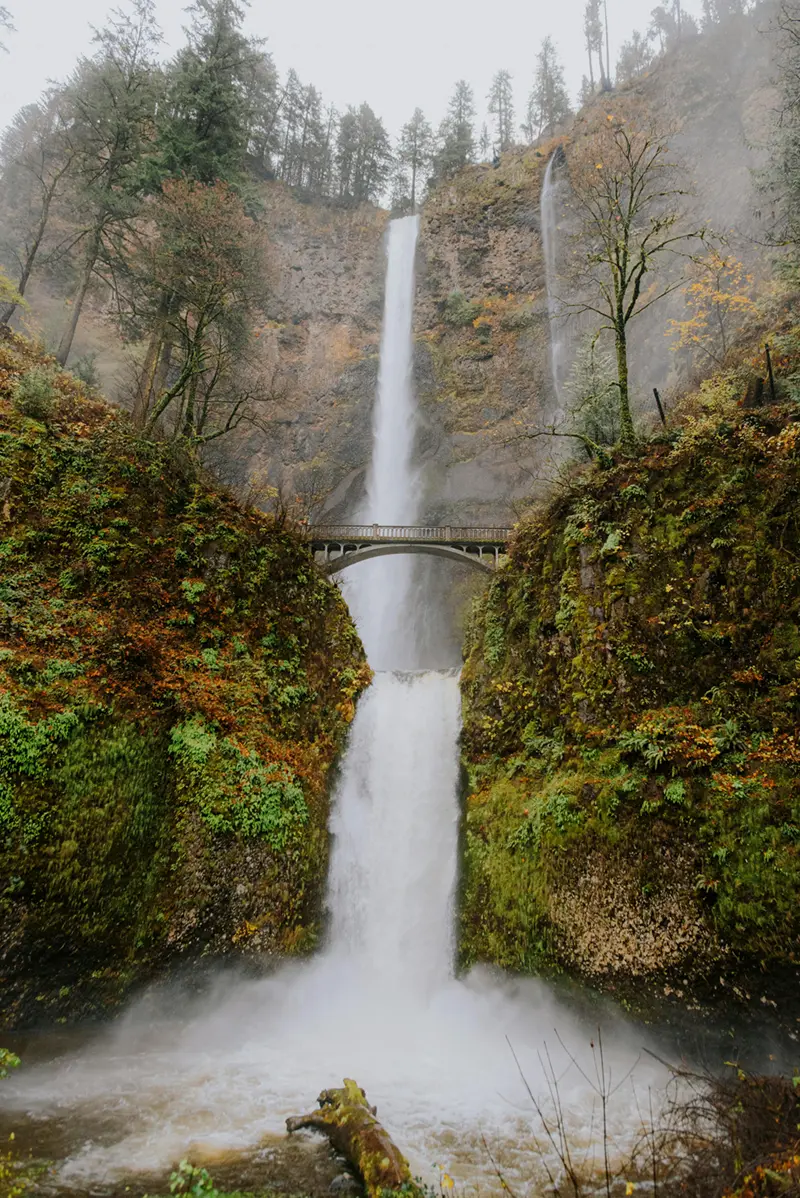
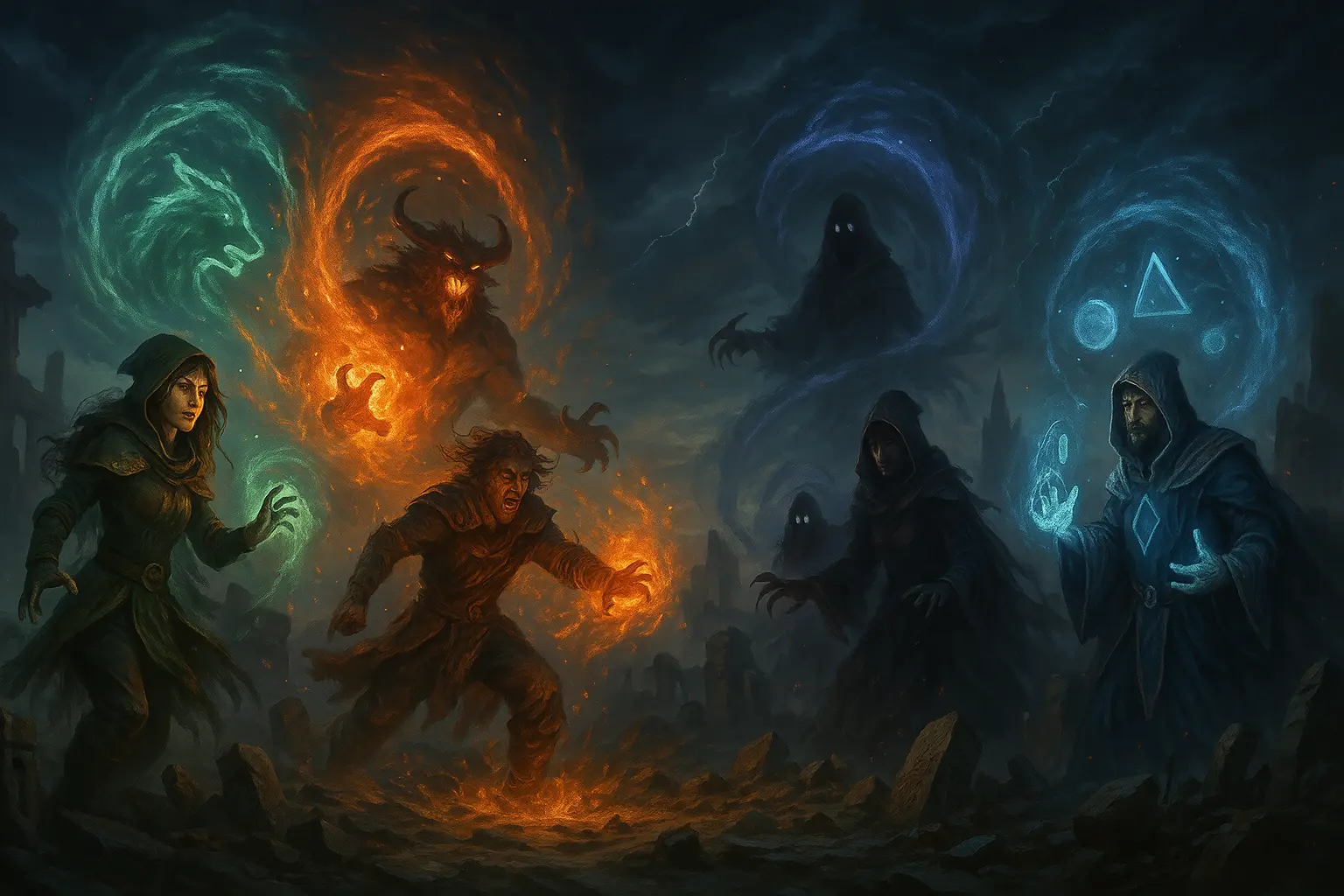
Chapter 3: “We’re too broke to trademark ‘Magic'”
Here’s where the story gets delightfully absurd.
Wizards of the Coast loved Garfield‘s new idea, but they were so broke they:

- Couldn’t afford to pay artists in actual money (they used company shares instead – those artists are probably all retired in the Bahamas now);
- Were in the middle of a lawsuit they could barely afford;
- Couldn’t even trademark the word “Magic” by itself.
That last point is why we ended up with “Magic: The Gathering” instead of just “Magic.” Because nothing says “we’re totally a legitimate company” like having to add words to your game’s name because you can’t afford the simpler version.
Chapter 4: “The prototype years: or, how to test a game with stick figures”
The early development of Magic was… let’s call it “charmingly makeshift.”
Garfield created about 150 prototype cards, using:
- Borrowed art from wherever he could find it;
- Basic rules that would evolve into the game we know today;
- The five colors of magic system (because apparently, Garfield really liked the number five).
The playtesting phase involved Garfield‘s friends, students, and probably anyone who made the mistake of making eye contact with him at the university.
They played with cards that looked like they were made by a kindergartener with access to a photocopier – and they loved it.
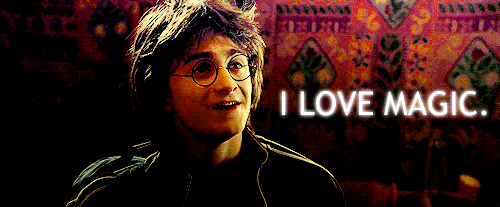
Chapter 5: “The great Gen Con gamble”
By 1993, everything was ready except for one tiny detail: money. Wizards of the Coast was so broke they had to hustle like street performers to get the initial printing funded. They managed to convince a distributor to front them $40,000 (probably the best investment in gaming history since somebody bought Park Place).
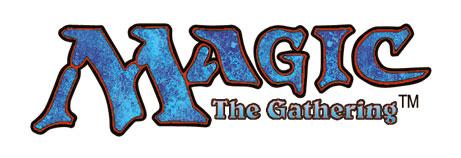
The plan was to debut at Gen Con 1993.
What could go wrong? Well:
- The cards arrived a day late;
- Nobody knew what a trading card game was;
- The company was basically betting its existence on this launch.
And then something magical happened.
The game sold out. Completely. People couldn’t get enough of it.
Within two months, they’d sold 10 million cards.
TEN.
MILLION.
CARDS.
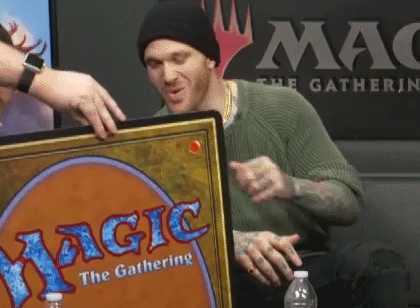
Chapter 6: “Success so big they had to hide from it”
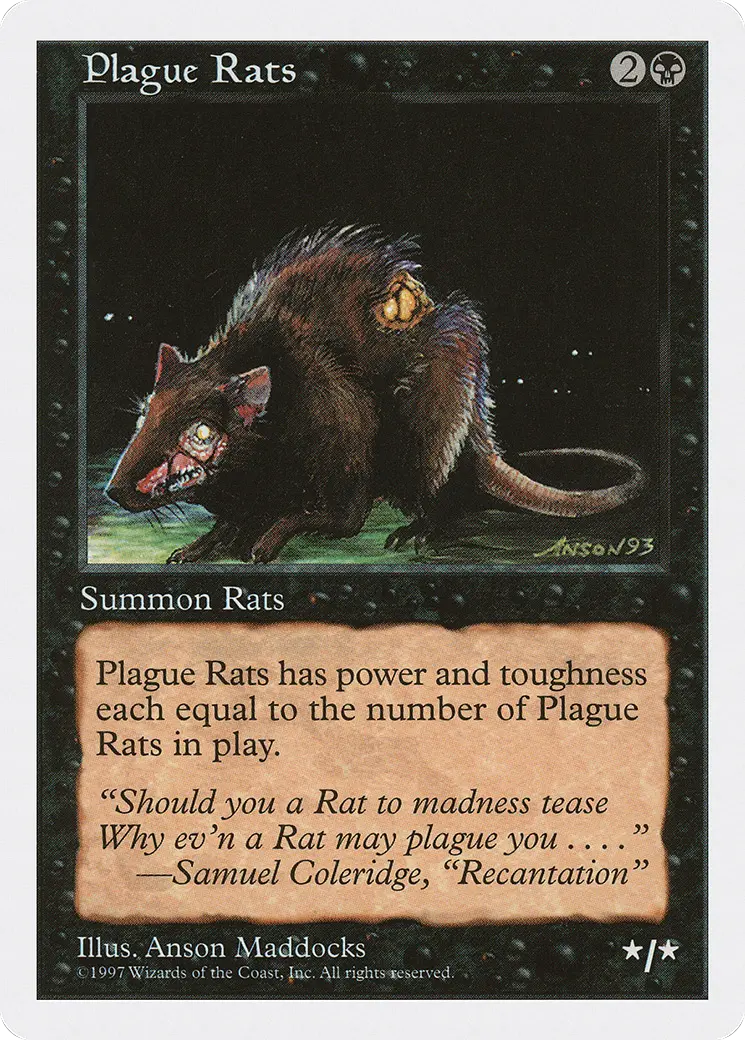
Here’s my favorite part of the story: The game became so successful so quickly that Wizards of the Coast actually avoided advertising it because they couldn’t print cards fast enough to meet demand. That’s like having to ask people to please stop giving you money because your wallet is getting too heavy.
The game spread faster than a Plague Rat deck, creating a new genre of gaming overnight.
Suddenly, everyone wanted to be a wizard, throwing down cards and yelling “I tap three lands for a Fire Elemental!” (Which, let’s be honest, sounds ridiculous out of context.)
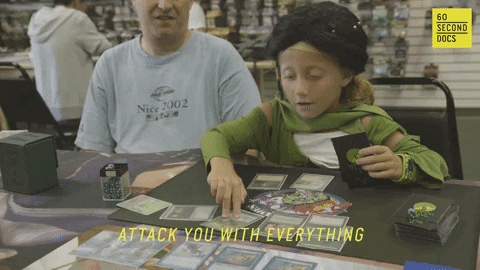
The Aftermath: “From broke to billions”
What started as a consolation prize for a rejected robot game turned into:
- The world’s first trading card game;
- A multi-billion dollar industry;
- A game that’s been played by over 35 million people;
- The reason why many of us can’t afford retirement (but have amazing card collections).
Wizards of the Coast went from a company that couldn’t afford to trademark a single word to buying Dungeons & Dragons a few years later. Talk about a power-up.

The moral of the story
Sometimes the best success stories come from failure. Garfield wanted to make a robot game and ended up creating something that would change gaming forever. Wizards of the Coast was so broke they had to get creative, and that creativity led to one of the most successful games ever made.
And perhaps the biggest irony? That hiking trip where Garfield came up with the idea probably cost less than a single Black Lotus card is worth today.
Looking at Fall Dawn today, you can see echoes of Magic‘s innovative spirit in our design philosophy. While we’ve gone in our own direction, creating a unique experience for our players, we’ve always appreciated how Magic showed that complexity doesn’t need to come from complicated rules, but from the interactions between simple elements. It’s a lesson we’ve taken to heart.
So next time you’re pulling off an amazing combo in Fall Dawn, remember: you’re part of a gaming legacy that started with a young math nerd taking a walk in the woods. Pretty cool, right?

All of this is true, by the way. Sometimes reality is better than anything we could make up. Though I bet those early artists who got paid in company shares are still laughing all the way to the bank.
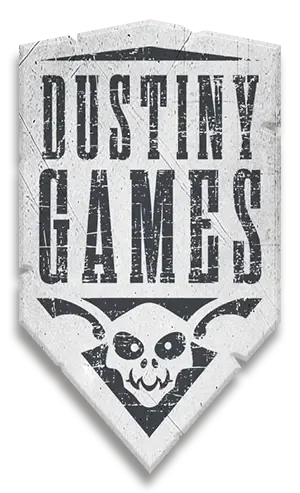


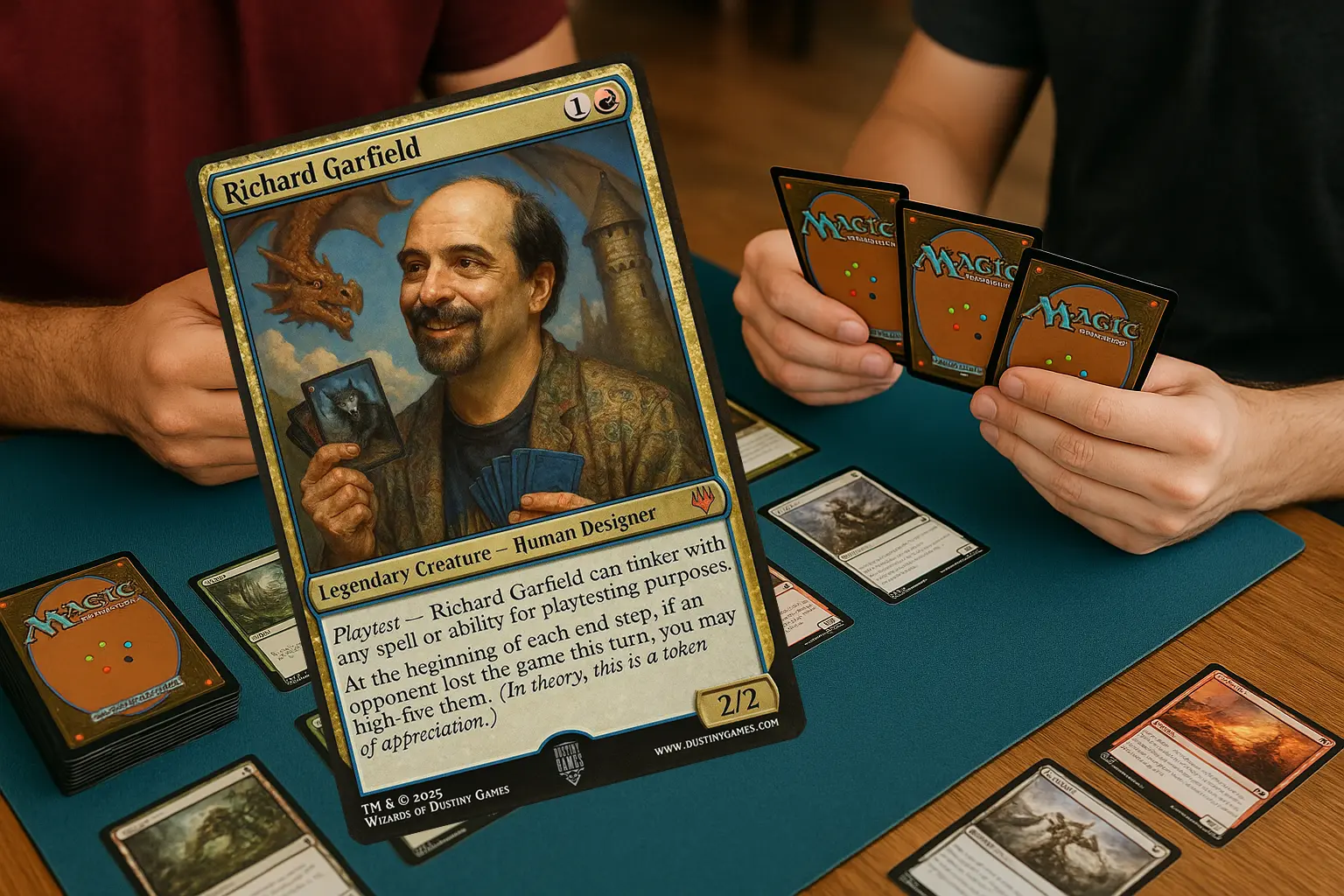
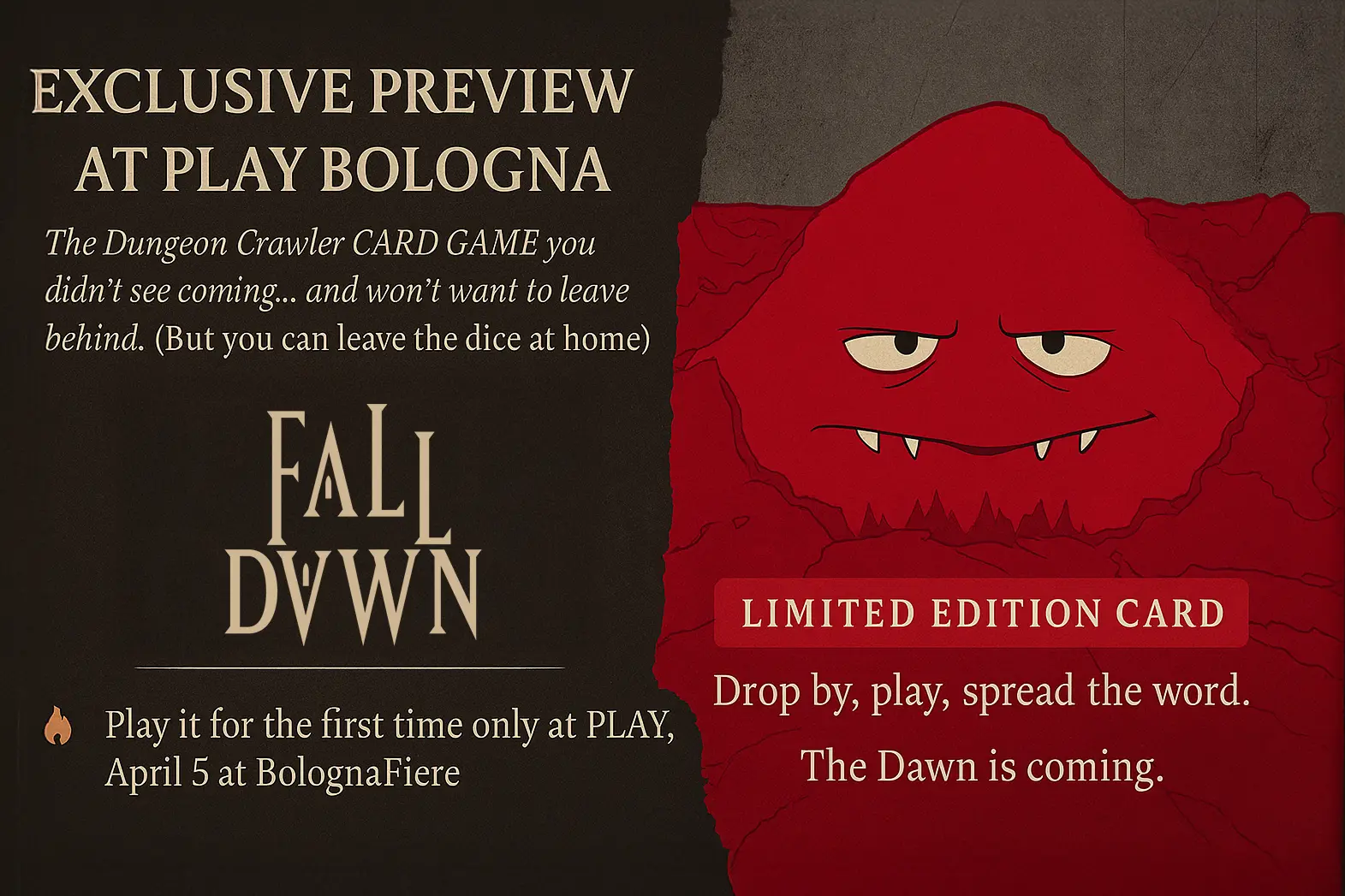
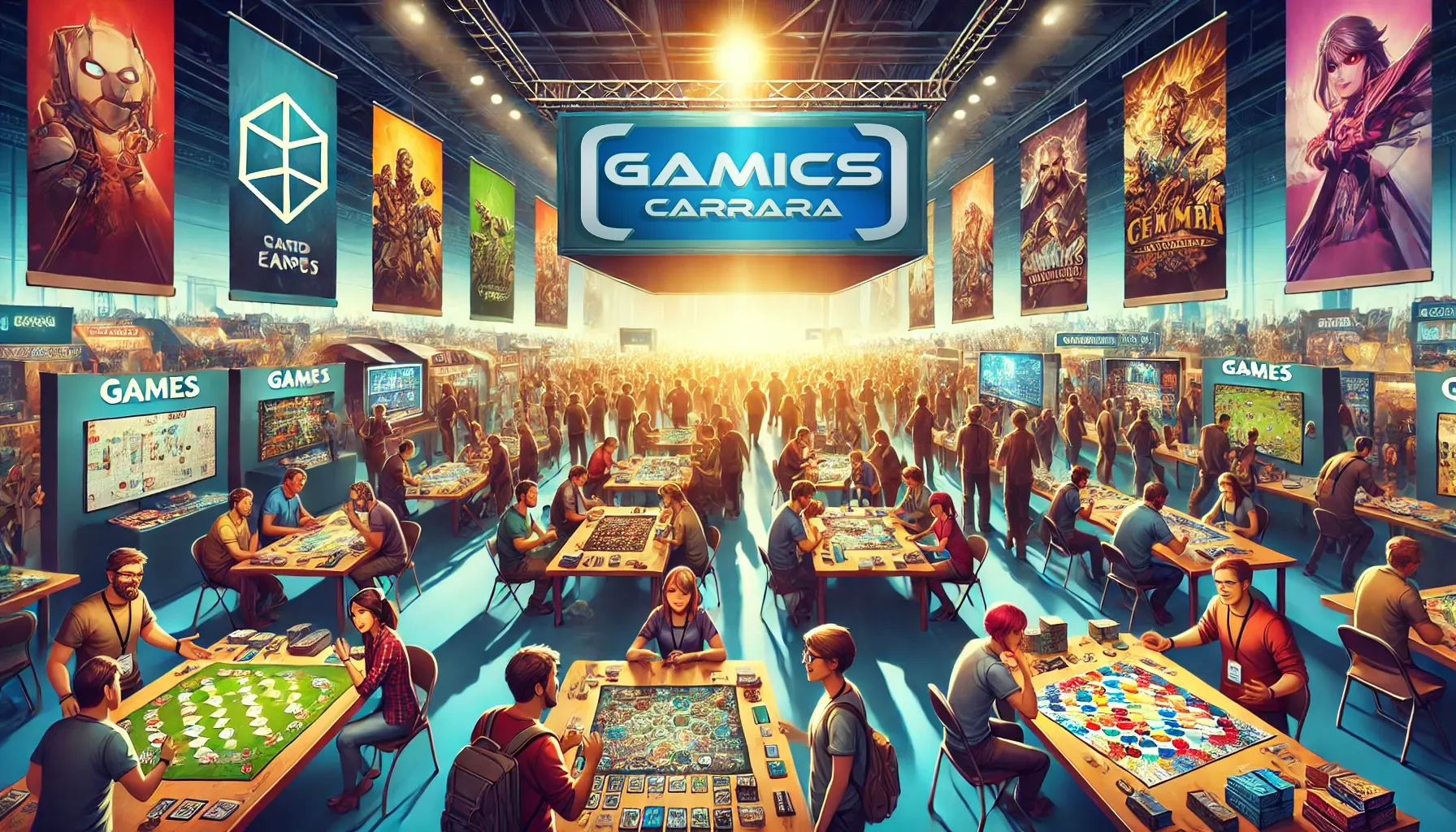


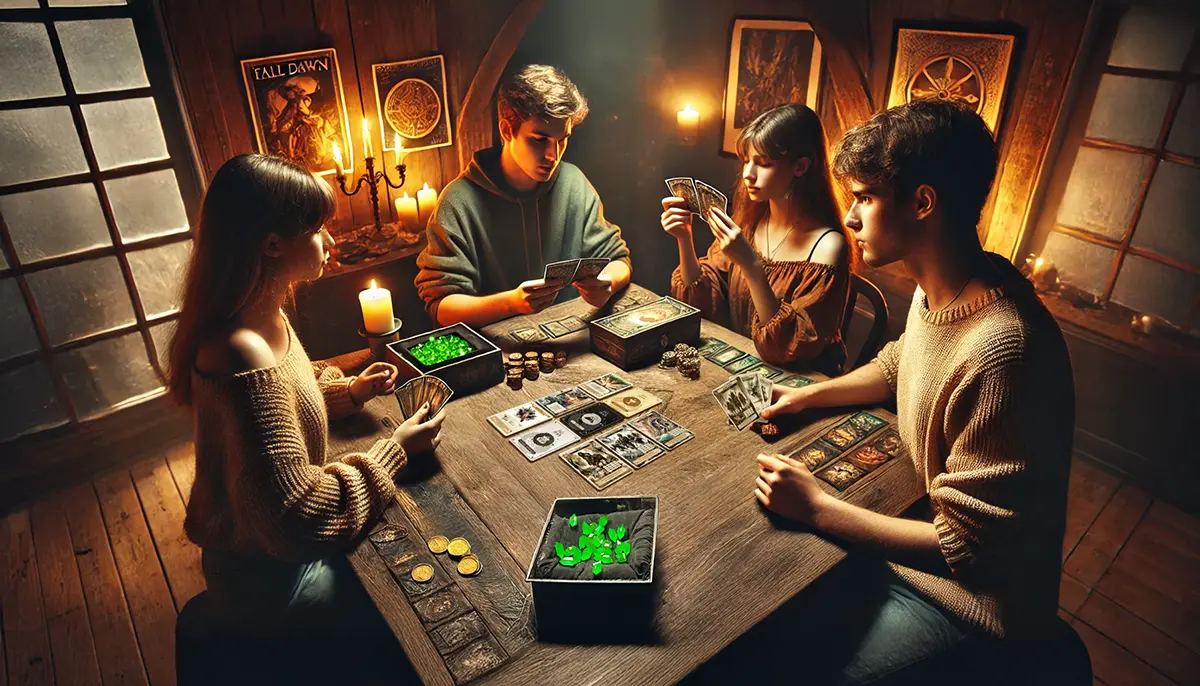

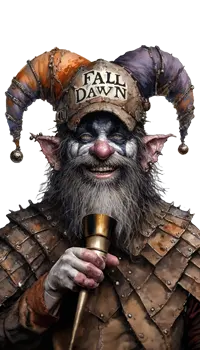
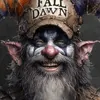 Edall
Edall 